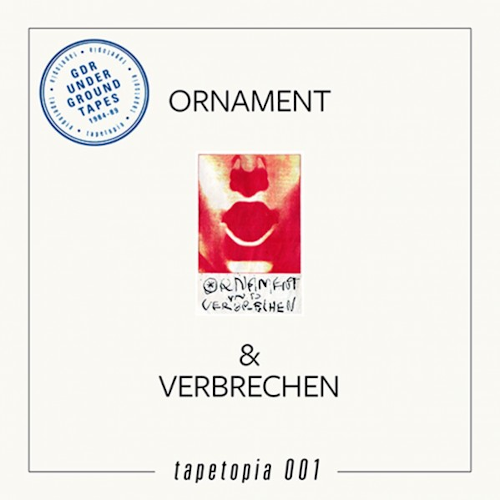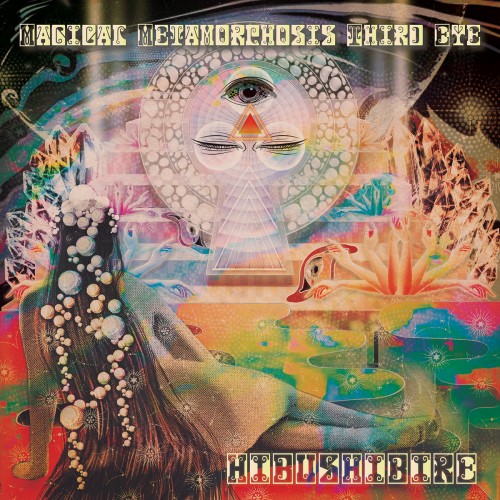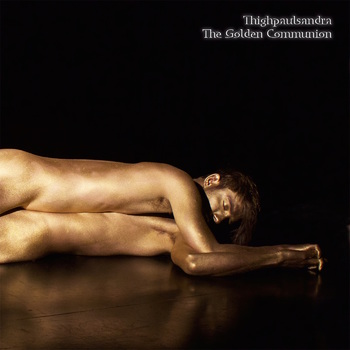Interference
Union Chapel, London
30th October 1998
The cold snap is just hitting London in time for this event, set in the chilly North London church (OK, technically it’s a chapel, but it looks and feels more like a Gothic construction, all pointed arches and uncomfortable pews) which has played host to some of the best gigs of recent years. Fortunately the management have installed electric bar heaters around the walls, which also cast a rather odd red glow over the proceedings.
First out on the stage in front of the splendid pulpit is Kaffe Matthews and her LISA control system for MIDI and violin, with which she produces some quite amazing sounds. Free improvisation meets electronic noise to good effect, as Matthews’ tweaks the sliders deftly in an energetic show of pure enjoyment, almost glee, at the deformations she perfoms on the violin, here used more as sound source than instrument. By contrast, Pluramon feel out of place, having swapped the virtual band Marcus Schmickler creates on his hard disc for a backing DAT with live drums and guitar.
Despite some energetic if uninspired backbeat drumming, and a few sub-Spacemen 3 drone passages, there’s not enough feeling or excitement generated by the process of watching two blokes on stage with most of the work pre-programmed, and the response from the literally chilled-out audience is lacklustre at best. Once Thomas Köner and Jürgen Reble get their act going though, there’s a definite feeling of Art at work. Reble projects a long loop of 16mm film, initially blank, onto the stained glass rosette window of the chapel, while Köner processes the sound of the gunge-encrusted projector into his own uniquely glacial format, the film being scratched, painted, blotted and generally abused into a slowly-emerging psychedelic lightshow.
Taking the odd glitch when the film loop breaks under the pressure of its abuser in their stride, the duo produce a highly effective work combining abstraction with restriction in the course of follwing the process through to the final melted frames and the last wail of fed-back spool clatter. Like undertaking a successful experiment, by the end of the unfolding developments, a certain satisfaction is gained from observing the completion of a considered sequence of events. Even the moments when the film stopped for vital adjustements and only the bare lamplight remained to the accompaniment of the low-end rumbles and unrecognisable echo loops seem equally as important as the liquid mutations (both musical and filmic) of the performance, and there are few enough events where that holds true.
-Antron S. Meister-



